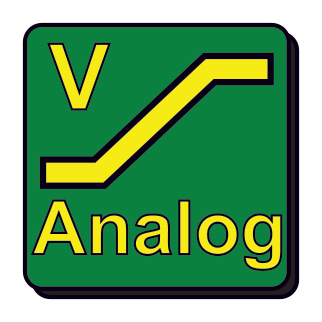Industrial sensors used for continuous position or process measurement commonly provide output signals in the form of either an analog voltage or an analog current. Both are relatively simple interfaces, but there are things to consider when choosing between the two.
 Industrial sensors with current output are typically available with output ranges of 0 to 20 mA, which can be converted to 0-10 VDC by using a 500 Ω resistor in parallel at the controller input. Output ranges of 4 to 20 mA, which can be converted to 1-5 VDC by using a 250 Ω resistor in parallel at the controller input. Although it requires a shielded cable, current output allows use of longer cable runs without signal loss as well as more immunity to electrical noise. It is also easily converted to voltage using a simple resistor. Most, but not all, industrial controllers are capable of accepting current signals.
Industrial sensors with current output are typically available with output ranges of 0 to 20 mA, which can be converted to 0-10 VDC by using a 500 Ω resistor in parallel at the controller input. Output ranges of 4 to 20 mA, which can be converted to 1-5 VDC by using a 250 Ω resistor in parallel at the controller input. Although it requires a shielded cable, current output allows use of longer cable runs without signal loss as well as more immunity to electrical noise. It is also easily converted to voltage using a simple resistor. Most, but not all, industrial controllers are capable of accepting current signals.
 Industrial sensors with voltage output are typically available with output ranges of:
Industrial sensors with voltage output are typically available with output ranges of:
- 0 to 10 VDC (most common)
- -10 to +10 VDC
- -5 to +5 VDC
- 0 to 5 VDC
- 1 to 5 VDC
One of the main advantages of voltage output is that it is simple to troubleshoot. The interface is very common and compatible with most industrial controllers. Additionally, voltage output is sometimes less expensive compared to current output. With that being said, compared to current signals, voltage signals are more susceptible to interference from electrical noise. To avoid signal loss, cable length must be limited. Voltage output also requires high impedance input and shielded cable.
To learn more about this topic visit our website at www.balluff.us.

